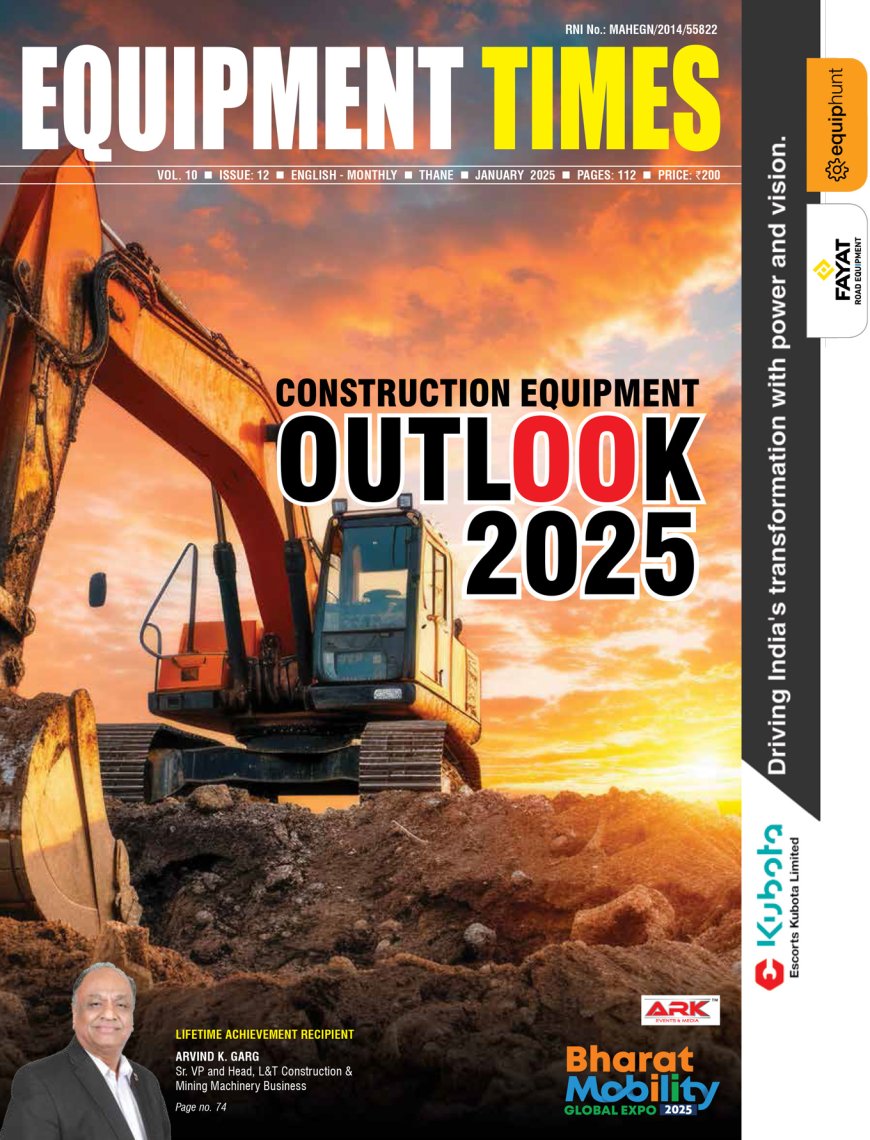Transformative Strategies in Construction Equipment Design
The heavy machinery that builds our world mirrors human ingenuity and the collective power of our consciousness. From the majestic skyscrapers that touch the sky to the expansive highways that connect our lives, the design and evolution of construction equipment have been fundamental in shaping our reality. As global infrastructure projects expand in scale and intricacy, OEMs are under mounting pressure to produce machinery that is powerful, efficient, environmentally friendly, cost-effective, and safe.
Optimizing Product Costs
The high cost of machinery stems from various factors such as suboptimal design, expensive materials, and high engineering and manufacturing expenses. These costs accumulate, inflating the final price of the equipment. OEMs are adopting a platform strategy for new product ranges, focusing on modular design. This involves creating multiple variants on a single platform, enabling customization for specific markets or applications without the need to design entirely new machines. Beyond traditional value engineering practices, OEMs are leveraging product and cost benchmarking to critically evaluate their cost structures. Engineering outsourcing has become a prominent strategy to reduce development costs, with OEMs increasingly relying on ESPs for core engineering tasks and new technology areas like electrification, AI-ML, and automation.
The rise of GCCs in India reflects this trend, providing in-house or outsourced support. Most North American and European construction OEMs have established GCCs in India. A leading North American OEM operates multiple R&D centres worldwide, including in India. Similarly, a prominent Japanese OEM is deploying digital twin technology, which helps build virtual prototypes to simulate and test equipment performance in various scenarios, thereby improving design and reliability before physical production. Investments in smart manufacturing and Industry 4.0 are also helping optimize manufacturing costs, with technologies like digital twins enabling virtual prototypes to simulate and test equipment performance before physical production.
Enhancing Operating Efficiency and Machine Performance
Customers demand lower operating costs, enhanced efficiency, real-time performance data, minimal breakdowns, and ease of operation, while operators prioritize safety, comfort, and intuitive interfaces. Rapid advancements in technologies such as IoT, telematics, connected and autonomous systems, analytics, AI-ML, and digital twins have positioned CE OEMs to better meet these demands. North American CE OEMs have developed their own telematics and IoT platforms, providing real-time data on equipment performance, fuel consumption, and maintenance needs. Remote monitoring and diagnostics are becoming standard, allowing for proactive maintenance and reduced downtime. AI-ML technologies are being used for predictive analytics, optimizing service schedules and reducing downtime. A leading European OEM uses machine learning to optimize machine performance, enhance precision in construction tasks, and provide predictive insights based on operational data. These innovations help operators and fleet managers optimize machine use and plan preventive maintenance, ultimately improving efficiency and performance.
Autonomous Operations and Safety
Autonomous machines that operate without human intervention are revolutionizing safety and efficiency in the industry, particularly in hazardous environments. Semi-autonomous construction equipment, operator assist technologies, and advanced camera systems enhance visibility, collision avoidance, and operator awareness. A leading Japanese CE OEM is in the advanced stages of introducing a semi-autonomous excavator and an autonomous haulage system. OEMs are enhancing visibility and monitoring features alongside geofencing and operator fatigue monitoring that prevent accidents and improve operator safety.
Addressing Workforce Challenges
To combat the shortage of skilled labour, manufacturers are investing in advanced training programs and simulators, providing realistic, hands-on experience in a controlled environment. AR and VR guide technicians through maintenance and repair tasks, ensuring accuracy and efficiency. User-friendly interfaces with intuitive controls are being designed to reduce the learning curve for operators and make advanced features more accessible. Partnerships with technology companies are bridging skill gaps, with India-based ESPs supporting OEMs in integrating cutting-edge innovations.
Sustainability
With increasing awareness of climate change, there is growing pressure on manufacturers to develop environmentally sustainable equipment. This includes reducing emissions, optimizing fuel efficiency, and using recyclable materials. OEMs are adopting sustainable practices such as using high-strength, lightweight materials, integrating eco-friendly technologies like hybrid systems, and implementing recycling programs. A leading Swedish CE OEM is developing excavators and loaders with the same power as their diesel counterparts. A prominent North American OEM is remanufacturing items with special incentives to promote recycling while another leading North American OEM is providing alternative fuels such as biodiesel, biogas, hydrogen, HVO, and methanol to reduce emissions. The development of electric and hybrid powertrains significantly reduces emissions and noise levels, making them ideal for urban environments and projects with stringent environmental regulations.
Supply Chain Disruptions and Market Competitiveness
By focusing on localization and engineering products customized for specific markets, OEMs can offer competitive solutions. This strategy helps multinational CE OEMs outperform local competition and meet market-specific demands.
The construction equipment industry is navigating a transformative era, driven by the need to address complex challenges with innovative solutions. Through electrification, automation, digital integration, and sustainable practices, OEMs are overcoming these challenges and setting new standards for efficiency, safety, and environmental stewardship. As these innovations continue to evolve, they promise to shape the future of construction, making it more sustainable, efficient, and safe for all stakeholders.

Abhay Kulkarni
VP & Global CoE Head - ER&D, Tata Technologies










